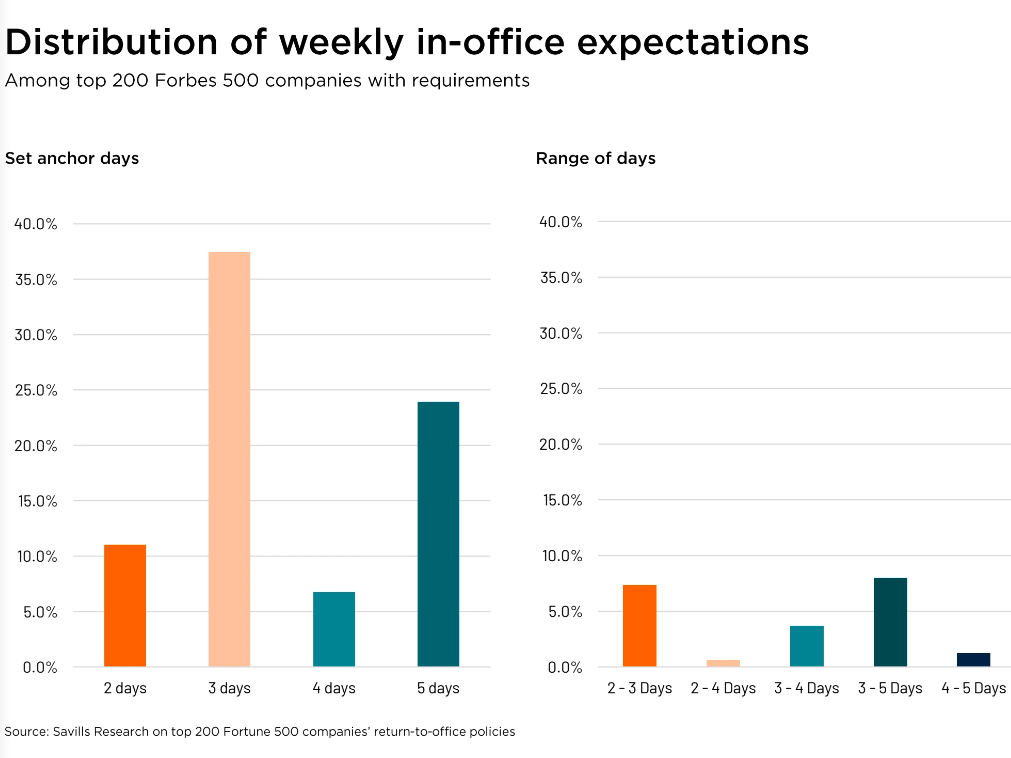Slowing Biotech Sector Should Turn for the Better
Despite softer demand, the life science sector’s underlying strengths will soon reassert themselves, according to the latest JLL report.
Despite a year that so far is a letdown from 2021’s record level of demand growth, the longer-term outlook for the life science industry—and for the real estate it occupies—remains positive, according to JLL’s 2022 Life Sciences Research Outlook & Cluster Rankings, released Wednesday.
Noting that “Science doesn’t stop,” authors Amber Schiada, Americas Head of Work Dynamics and Industry Research, and Travis McCready, Head of Life Sciences, Americas Markets, tally the varied reasons for optimism, including a steadily increasing percentage of the U.S. population who are over 55, cash-rich Big Pharma companies and the ongoing flow of novel therapies.
Still, the shorter term does look bumpy.
READ ALSO: Build-to-Suit or Adaptive Reuse? Meeting Lab Space Demand
To oversimplify, beyond the underlying demographics of an aging population, venture capital drives the biotech sector, expansion of which drives demand for life science space. And venture capital going into biotech this year is nearly 40 percent below the peak from 2021. In fact, the authors pointed out, such investment in 2021 has fallen to barely above 2020 figures.
Not only is this a direct effect on the market, but to conserve their current capital reserves, many biotech companies are retrenching, cutting headcounts and space, and often putting unneeded space onto the sublease market.
Given the correlation between demand for space and recent funding levels, the report predicts, “Until there is a rebound in venture funding, and IPOs and secondary offerings pick up, demand is likely to stay well below mid-2021 levels…. And so long as demand remains soft, there will be a re-emergence of Class A and B products in markets with large amounts of space delivered in recent years….”
Down, then back up
On the positive side of things, the outlook says, ‘the long-term potential of the sector remains materially unchanged since 2021.”
Although the supply landscape has shifted in the past 12 months, “demand remains above historical levels and space is still scarce with vacancy below 6 percent across the top clusters in aggregate,” JLL notes.
Further, life science innovation is happening more rapidly than ever, and crucially, “Three of the largest annual revenue jumps in biotech R&D in the past 20 years have occurred in the past five years,” according to the report.
As a result, Big Pharma companies have plenty of cash, leading JLL to anticipate that funding and acquisitions by these companies will close some of the gap created by private capital stepping back.
The outlook concludes that “we expect belt-tightening to continue into next year, but as the biotech indices may have hit a low point in early summer, so a long, slow recovery in valuations may already be underway.”
The outlook’s ranking of the top 15 life science cluster markets largely highlights the usual powerhouses, with metro Boston and the Bay Area at number one and number two.
What’s new is that JLL Research has introduced a new market ranking tool intended to guide occupiers with respect to market opportunities and provide investors with information on the momentum and resilience of each cluster. For that, see the full report.









You must be logged in to post a comment.